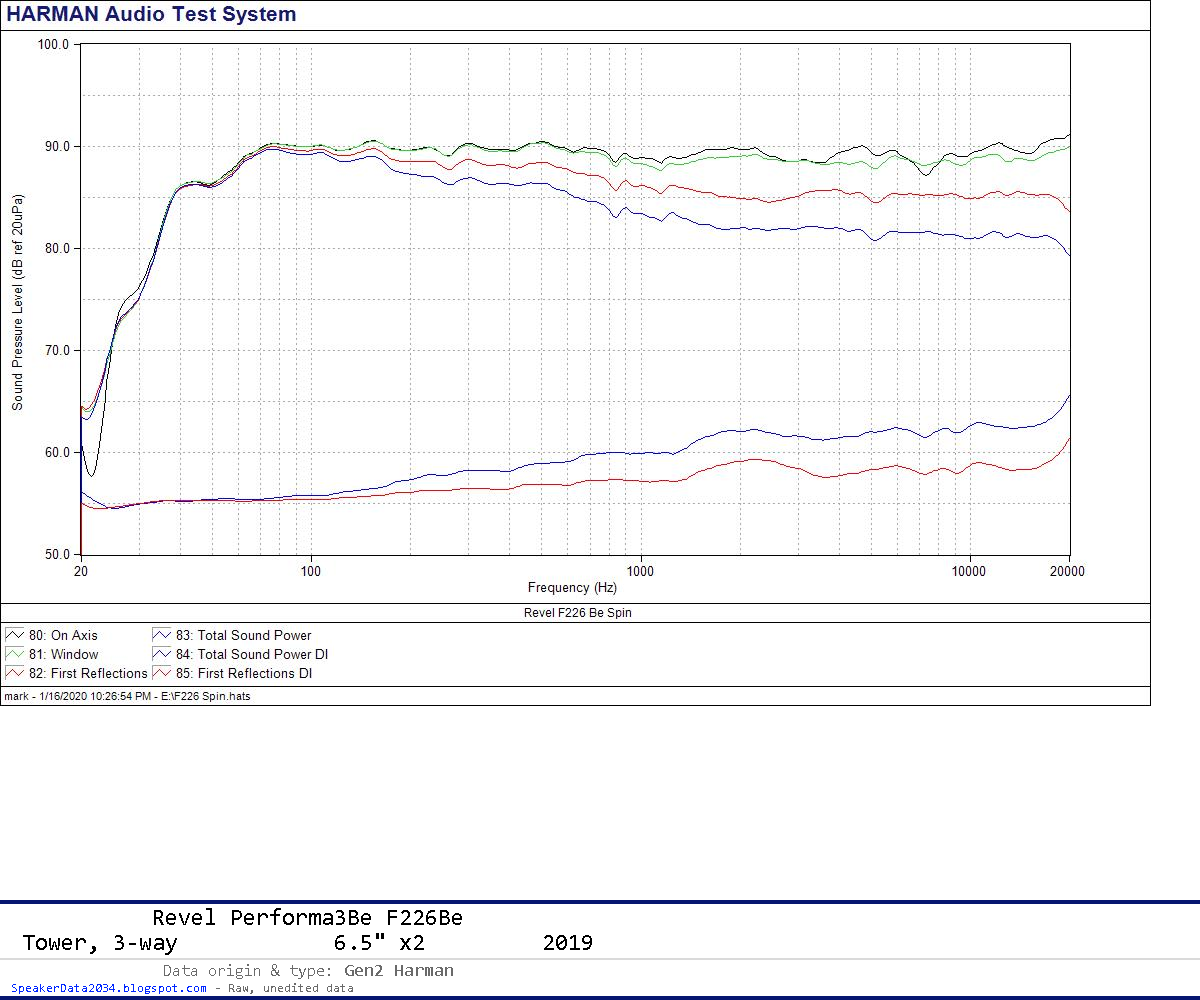Steve Dallas
Major Contributor
Your comparison of the P3 vs Be is interesting and has given me food for thought. I suppose it comes down to the tweeter and how you like your high's....I am a big fan of detail as opposed to "warmth".
I bought my amps and pre-amp to take full advantage of detail and precision in my listening.
This is very interesting info and I'm grateful you replied. That fact that you own a pair of F206's is also a bonus as I can now ask for your subjective opinion on their performance in your room. How big is you room? Do you have good placement? Do you have any measurements of you current listening position?
I really need to try that MMM function. Do you now EQ to the MMM method or the more direct, MLP scenario?
I really like your frequency response even though it is just "thrown down"! Looks really good!!!
I would not call the F206 warm or mellow or dull. If anything, they are on the brighter side of the spectrum. Not modern B&W bright, but brighter than average.
The difference between the Be and regular version is difficult to put into words. The Be speaker had a slightly more "premium" tonality, I suppose, but I really had to concentrate and listen for it in a near perfect room, with a very low noise floor, and with high end equipment (like yours). It also had a different response curve, and it was hard to know if I was hearing those premium components or the differences in the response. I think you would have to hear it for yourself to decide if it really is better or just more expensive. It wasn't truly premium enough for me to want to spend the money.
My media room is 13' 1" W x 12' 11" D by 10' 6" H. Nearly a cube. Terrible. I have enough treatment on the walls to kill the flutter echo, even out the reverb response, and bring the RT60 down to about 350ms. The room modes are brutal. I would kill to have the tools you have to work with in your Anthem.
My listening position is about 8 feet back, and the speakers are about 7.5 feet apart.
I have a ritual for setting up speakers. I set them up with a tape measure with no spikes attached. Then I set up the laptop and shoot dozens of stereo measurements, as I move them around: left, right, forward, backward, more toe, less toe, level, forward rake, rearward rake, etc. Whichever location yields the best measured results is where they will end up with spikes on. Then, I take per channel measurements and apply correction to each channel. This takes 1 entire day with no family in the house. I have not yet achieved such a day, so they have been sitting where I first stuck them, waiting for me to find time to work with them.
Yes, I have been using REW for 12+ years. A previous part time job was setting up the control rooms and mix rooms in project studios, so I have done this more than a few times.
I EQ against the MMM at the MLP. I gives a good approximation of where your melon actually is during listening. I usually end up with 60 to 80 averages per measurement.
I have 6 bands of EQ in a miniDSP and 7 bands of EQ in an AVR. I normally focus on frequencies below 500Hz. Above that is adjusted by repositioning the speakers, as long as they have decent directivity.
I don't know if any of that is helpful...



